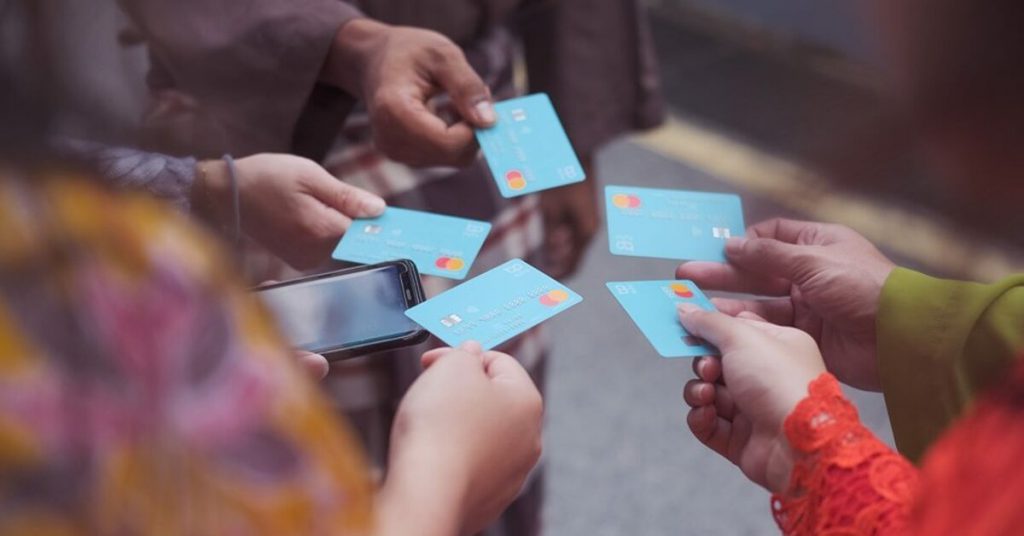BigPay takes on a challenge in the e-money space to reveal a Malaysian-first: international remittance from an app to real bank accounts in Singapore, Thailand, Indonesia and the Philippines.
You may have heard of e-wallet to e-wallet remittance, and bank-to-bank remittance. But this might be your first exposure to a local e-wallet to bank remittance across country borders.
BigPay claims that they can do so with minimal extra fees or charges. On average, BigPay should save approximately 5% more of their money from being eaten up by opaque transfer fees.
What’s interesting is that BigPay is bringing some much-needed transparency into the traditionally obscure space. Users can see how much money their recipient will get, the fees incurred for the transfer, and get a clear-cut comparison of how much they’re saving compared to more typical bank transfers.
More importantly, users will know exactly when the money will actually arrive to its destination.
It’s far too common for users to be in the dark about how much they’re paying for a transfer, and when funds will finally appear in the recipient’s account. BigPay’s solution is a positive move towards changing this.
Remittance: An Archaic Industry Desperate For Innovation

We like to think that we live in a borderless world, but remittance seems stuck in archaic times, especially in Southeast Asia.
Industry 4.0 is supposed to be upon us, yet a trip to the bank will have us filling up tedious forms to even get a cheque put into our bank account. The smallest mistakes often translate to wasted weeks and countless hours spent on the phone with bad customer service—only to have to redo the whole thing all over again.
Now, don’t get us wrong. The transfer of our money across borders should definitely be given more care than downloading Avengers_Endgame_1080p.torrent. People care about security and there is a need for e-money issuers like BigPay to implement measures to guarantee the safety of your funds that are at least on par with traditional banks.
However, in this day and age, it’s absolutely ridiculous that we still have to contend with archaic, opaque institutions that guzzle transfer and stewardship fees even in a transfer from Johor to Singapore. Why should sending money to a bank just 30km away cost so much?
To get an idea for the scale of the remittance industry, the World Bank posits that cutting prices by at least 5% would save up to US$16 billion a year globally. That’s a lot of money that would stay in the hands of workers seeking their fortune overseas, from foreign workers to participants of the gig economy.
Why Sending Money Is Expensive
In short, there are a lot of stakeholders in the middle that all get a cut of the fees, and this is why a US$200 transfer will incur a prohibitive 7% fee on average, by the World Bank’s latest estimates. For context, that’s US$14 that goes to your bank instead of your recipient.
But you’re not just paying your bank. Your bank pays the intermediary banks that they deal with, both on the sender and the recipient’s side. Then the recipient bank will charge a fee too.
You also have to contend with the exchange rate margins, which can be as high as 7% of the actual difference in currency. Frustratingly, these fees aren’t transparent, and they don’t stay consistent either due to some unknown remittance voodoo happening along the long supply chain.
The Social Cost Of Remittance

As Southeast Asia develops, these fees become more costly. The World Bank found that remittances into Asia hit over US$300 billion for the first time last year, and in all likelihood, the increase will continue into the end of 2019.
Southeast Asians that dare to find work overseas—be it physically or digitally—are seemingly punished with expensive remittance fees that could have gone to cultivate the local economy.
Assuming this is just step one of BigPay’s ASEAN play, the e-money provider will play a real role in making digital transfers more accessible, both in cost and in ease-of-use.
But what’s also interesting about BigPay’s approach is a very pragmatic incorporation of banks into its remittance strategy.
Forbes in 2018 reported that 47% of Southeast Asia’s population had a bank account, which presents an interesting complication.
Financial inclusion efforts need to grant digital money access to those that are unbanked, without alienating them from those that are already banked. Therefore, a solution built to be integrated from the ground-up may just be the right glue that stitches Southeast Asia’s economy together.
This is perhaps partly why BigPay has revealed to Vulcan Post that they have intentions to expand into wallet-to-wallet remittance sometime very soon, to become that very glue merging two seemingly disparate sides of digital wealth in the region.
It sure helps that the glue doesn’t cost as much too.
- Find out more about BigPay here.
Featured Image: BigPay















